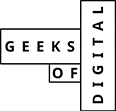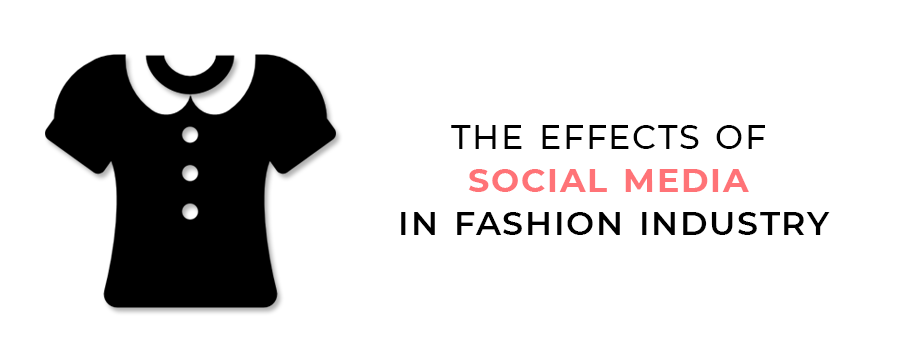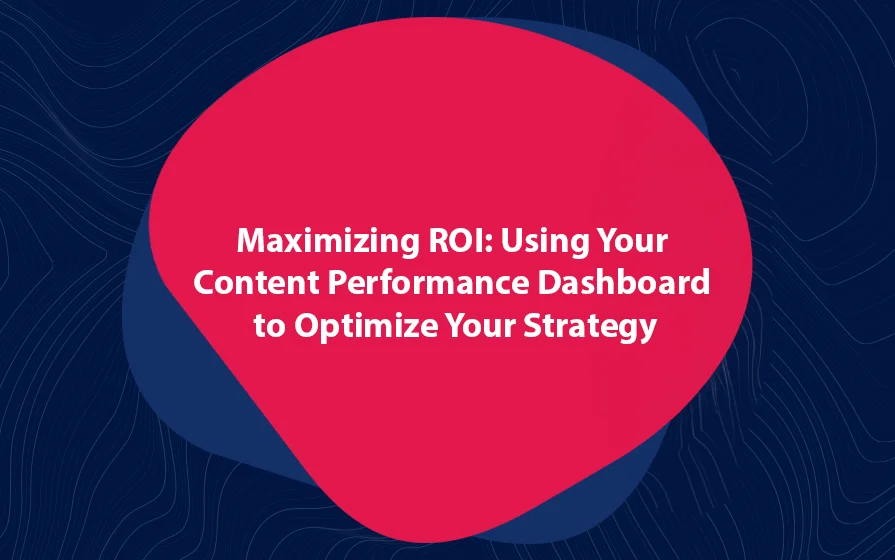For most people, their only connection to the world of fashion was through fashion magazines. It is almost unbelievable that people can be part of the fashion industry from their tiny phone screens anywhere in the world. That’s just the effect of social media in fashion industry.
In the past, major retail buyers and magazine editors kept fashion exclusive. They maintained tight control over the fashion industry. Fashion Week consisted of high-profile editors and celebrities.
In this article, we discuss the effects of social media in the fashion industry.
Social Media in Fashion Industry Democratizes Fashion Power to Many People
The rise of social media has given the power of fashion to many more people. Even though fashion editors still hold a lot of power, now the average consumer also has a voice.
Today, social media gives everyone access to the fashion industry. This is unlike the past where fashion magazines were the only link to the industry.
The constant evolution of technology and the all-access mindset that social media bestows upon consumers means that they are smarter than ever before.
Influencer Fashion
If a designer collection is being displayed on the runway, you can simply live stream it from the comfort of your home through social media platforms. This may be YouTube, Facebook or Instagram.
Fashion designers appreciate the amount of power that the average consumer wields nowadays. Consumers of today are more powerful than the gatekeepers of the fashion industry.
Social media and the rise of influencers forces every fashion business to invest in influencer marketing.
Let’s say that you see a blogger wearing clothes that you love. Today, you can purchase the items directly through your phone and get them at your doorstep using shoppable applications like rewardStyle.
Today, what bloggers wear on social media has really impacted the way consumers shop. In response, fashion retailers are reaching out to bloggers to collaborate on content.
The Move to Real-Time Buying
Social media has also exposed the inner workings of the fashion industry to consumers. What’s more, social media is more interactive than fashion magazines ever could.
To adapt to the ever-increasing shopping appetite of their consumers, fashion designers have created a strong social media presence. They also now release their collections in real-time and not the six-months’ wait.
The six-month wait before fashion lines hit the stores is now over thanks to social media. Today, it is all about seeing a fashion line and ordering it immediately.
This method has another advantage: It helps deter consumers from fashion copycats such as fashion retailers. This way, fashion brands satisfy their customers while protecting their brands against cheap copycats.
Fashion Accessibility
Fashion accessibility is another effect of social media in fashion industry.
With the fast fashion model introduced by social media, consumers are facing a problem. Their closets are overflowing. The fact that consumers have insatiable shopping appetite does not augur well for their homes.
Social media and impulse fashion shopping makes it easy to have an overflowing closet. Luckily, consumers can still sell their clothes through social media.
Social media comes to the rescue again by helping consumers with overflowing closets to easily sell their clothes. Consumers, like retailers, can reach an interested community on social media and sell to them.
In fact, second-hand clothes retail sites such as thredUP have become more popular than ever before. Consumers now can buy and sell fashion items more easily than ever before.
Conclusion
Social media has revolutionized the fashion industry by democratizing the power of fashion, introducing influencer marketing, real-time purchasing and increasing fashion accessibility.
Geeks of Digital is a digital marketing and content creation agency that can help your fashion brand reach more buyers on social media. We help you increase conversions and profits. Get in touch for more information.








